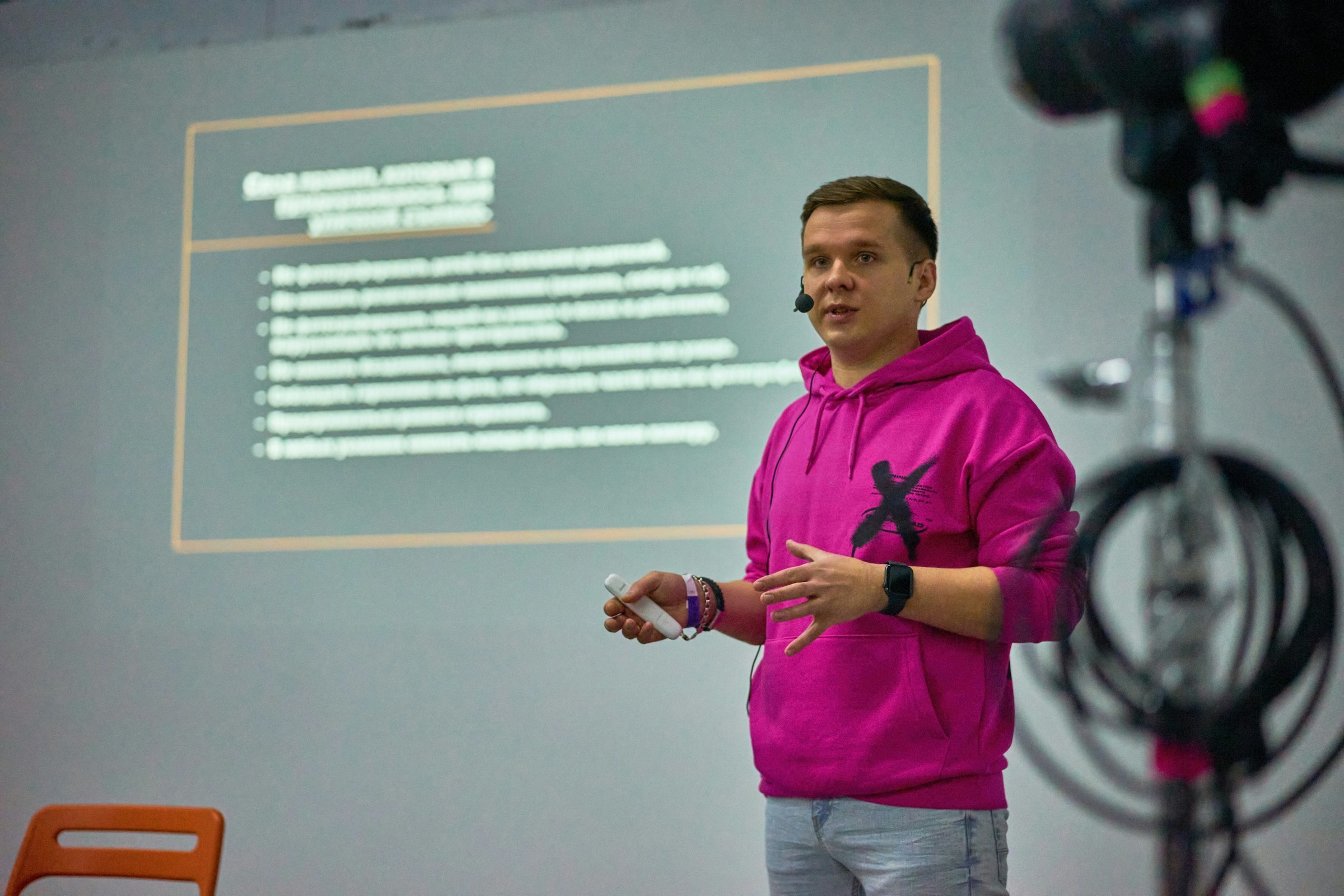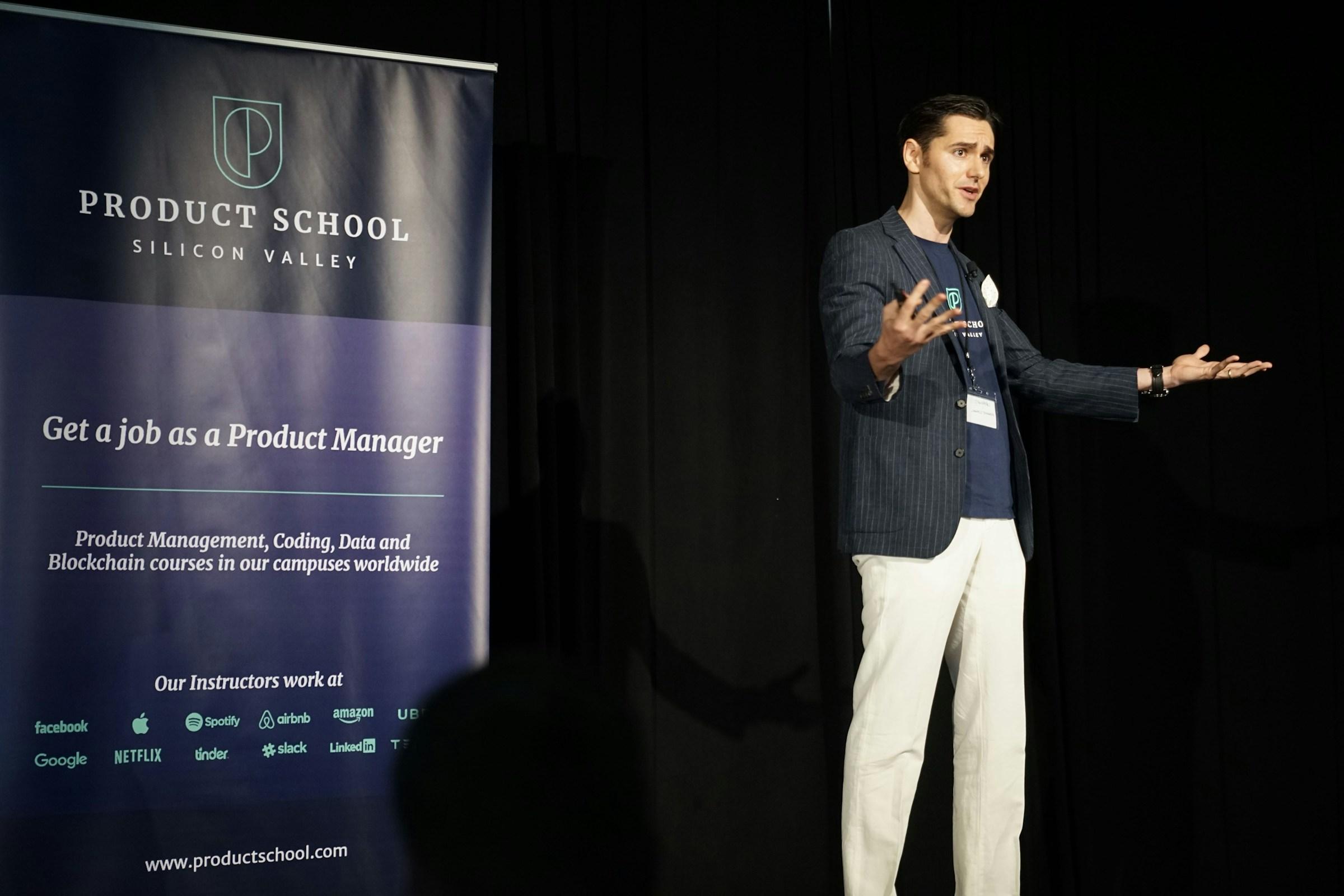Speed often masquerades as confidence in sales. Many sellers speak quickly to display expertise, to cover every angle before objections arise, or to keep energy high so the room does not drift. In the moment it can feel like momentum. After the call it frequently feels like fog. The buyer remembers a tone but not a thesis. The notes look crowded yet thin. Talking slower does not mean sounding unsure. It means building a path the listener can follow and marking the path with clear pauses. Professional presence emerges when your pace tells the room you own your time and you are willing to let important points stand on their own.
Fast talking is rarely a true style. It is a symptom of other gaps. When discovery is shallow, speed rushes in to compensate. When an offer is not framed with crisp economics, speed tries to dazzle. When silence triggers anxiety, speed fills the air before the buyer has processed what you said. Slowing down forces you to fix those upstream problems. You refine your questions, tighten your claims, and accept that a thoughtful pause is not a threat. It is a signal that meaning matters more than motion.
Working memory is limited, and sales conversations place heavy demands on it. When sentences stack without breaks, essential nouns and numbers blur. Listeners stop building a map of cause and effect. A measured cadence creates space for the buyer to tag important ideas in their mind. They attach a claim to an outcome, a number to a cost, and a step to a decision path. Slowing your voice also frees your cognition. You notice the sideways remark from a quiet stakeholder. You hear the political nuance in a throwaway line. You catch the constraint that does not fit the surface story. The room begins to feel guided rather than pushed.
The first anchor for pace is breath. Rushed speech usually begins before the exhale finishes. That habit tightens the throat, lifts the pitch, and shortens sentences in a way that sounds like justification. Professional voices ride a full breath cycle. Finish the line, inhale through the nose, let the ribcage settle, and begin again. This simple reset lowers vocal strain and steadies tone. You do not need a broadcast voice. You need a stable one that sits comfortably in your natural range, especially at moments when stakes are high.
The second anchor is sentence design. Short sentences make claims clean. Longer sentences are useful when their joints carry meaning and the listener can feel where one part supports the next. In practice this means building each point like a small bridge. State the claim. Offer the proof. Tie it to the buyer’s world. Then stop. The stop is where professionalism appears. You show that the point does not need padding. You also invite the buyer to step in, which transfers ownership of the idea from your mouth to their mind.
Pace is most visible in the quality of your questions. Questions that demand a reaction keep velocity high without yielding insight. Questions that demand a thought slow the room in a productive way. Replace prompts like “Does that make sense” with “Where would this break inside your quarter.” Replace “Any questions” with “What would you need to see before a pilot is worth the disruption.” These forms create natural pauses and force you to listen to answers that matter. Professionalism is not the absence of error. It is the presence of listening that repairs error as it happens.
Discovery calls benefit first from slower talk. The aim is not to tour your product. The aim is to map friction, quantify cost, and surface decision power. If your pace races ahead of your curiosity, you collect opinions rather than evidence. Begin with a calm frame that explains how the call will run. Move in measured steps from problem to context to economics to decision path. Buyers mirror your rhythm. When they do, the information improves, and the meeting becomes a joint investigation rather than a performance.
Demos require a different kind of slow. You are guiding attention through a new interface and an unfamiliar workflow. Use clean verbs and nouns. Name the outcome first, then the click. Keep each segment in a straight line that mirrors the buyer’s day. After a segment, stop completely. Ask a pinpoint question that ties what you showed to their process. The pause prevents stacking and lets the buyer mark the value in their own language. That language will be the language they use when they defend the purchase to their colleagues.
Negotiation magnifies the temptation to speed up because pressure asks the body for relief. The professional move is to slow down precisely when tension spikes. Repeat what you heard in your own words. Confirm the number or term. Add one sentence that explains the tradeoff. Then be silent. This silence is not a trap. It is a space where both sides can decide instead of perform. In many cultures, fast speech in a negotiation reads as insecurity. Steady cadence reads as leadership of the process, even when you remain flexible on the outcome.
Remote conversations increase the cost of speed. Latency clips endings. Notifications pull attention away. Compression flattens tone and makes fast phrasing sound thinner than it would in person. Treat the mute button as a pacing tool. After a key line, tap mute for two beats. The tiny ritual stops your reflex to fill the air and gives the group room to respond without cross talk. Look directly into the camera during important sentences. The visual cue of eye contact makes a slower pace feel intentional rather than hesitant.
Some teams want a numeric benchmark. Words per minute provides a simple calibration. Many sellers hover around 170 in unscripted speech. Professional presence often appears between 130 and 150, with room for culture, context, and personal voice. Record a paragraph at three speeds. Listen as if you were the buyer. Notice where emphasis lands, which phrases breathe, and which blur. Keep the version that sounds clear without sliding into theater. You want contrast, not a drag on energy.
Openers set the ceiling for pace. If you launch with a sprint, your body tries to hold that tempo. If you open steady, the call inherits that posture. A practical start might sound like this. Thank you for making the time. Here is how I suggest we use the next twenty minutes. First, we align on what triggered this conversation. Next, I show only the parts that serve that trigger. Then we decide the smallest next step that protects your time. Picture a small table and one person across from you as you speak this frame. The mental image slows you without effort.
Landing phrases keep structure visible. End important segments with a compact line that signals a stop. This is the core risk we solve. That is the number that matters. Then let the line breathe. If you feel the pull to fill the silence, glance at your notes. The physical act of looking down blocks the micro expressions that chase approval and push you into speed again. The room learns that important points get a beat.
Rehearsal shapes pace, but only if you rehearse under the right constraints. Internal practice sessions often reward velocity and breadth. Change the design. Run a ten minute demo to a colleague who cannot speak until the end. Your goal is to finish with your heart rate unchanged. Then run the same demo where your colleague interrupts often, but you must count two seconds before answering. Both drills build spacing that transfers into live calls when stakes are real.
Selling across regions adds a cultural layer to pace. Comfort with silence varies. You do not need to mimic local speed to build trust. You do need to make pauses purposeful and language economical. Remove softeners like just, kind of, and basically. Replace them with words that carry weight. Fewer extras make you sound slower even when the clock says you are moving at a normal rate. The listener hears intention instead of spray.
Objections reveal whether your pace is genuine or performed. Price pressure, scope limits, or readiness issues tend to make people talk faster to regain control. Choose the opposite. Label the concern in one line. Add a short sentence that shows you share the constraint. Ask one specific question that moves the conversation toward a decision. If the right move is a small reversible step, propose it and stop talking. The ability to hold a steady cadence through friction reads as authority without aggression.
Energy and speed are not the same. You can project warmth and momentum at a measured pace. Crisp articulation, intentional emphasis, and upright posture do more for energy than velocity does. Vary your pace inside the call. Slow down at the points where you want the buyer to think. Speed up slightly when you are bridging between topics. Contrast keeps attention. The listener experiences design rather than drift.
If you sell as a pair, pace must include handoffs. The most common pacing failure in two person calls is overlap that forces both voices to rush. Agree on a fixed handoff phrase such as over to you for the integration view. Protect a full beat of silence before the second person begins. The beat prevents the gear grind that makes a call feel improvised. Prepared handoffs make a team sound professional even when the content is complex.
A slower cadence also improves everything that happens after the meeting. Calls run at a measured pace produce cleaner notes and tighter follow ups. Recap emails become shorter and clearer. Mutual action plans fit on a single page. The next meeting books faster because the buyer did less work to understand you. The paradox is simple. Slow talk in the moment becomes speed in the pipeline. You trade flash for throughput.
If you want one simple calibration, measure the first five minutes of an upcoming meeting. Record the opening and check three signals. Did you state the agenda without rushing. Did you place a full stop after the most important sentence. Did you ask one question that made the buyer think about their world rather than yours. If the answer is yes to all three, you will feel more professional in your own body, and the buyer will hear it without being told.
At some point you may wonder if slowing down will cost you charisma. It will not. It will cost you filler. What returns is presence. Presence lets you notice decision power and the meeting under the meeting. It lets you direct attention where value is created instead of where anxiety is relieved. Slower speech in sales is not a trick. It is a design choice that respects how people think. It is the sound of someone who knows that outcomes improve when language is paced to be understood and remembered. When you talk slower, you do not shrink. You make space for the buyer to step forward. That space is what professionalism sounds like.














.jpg&w=3840&q=75)